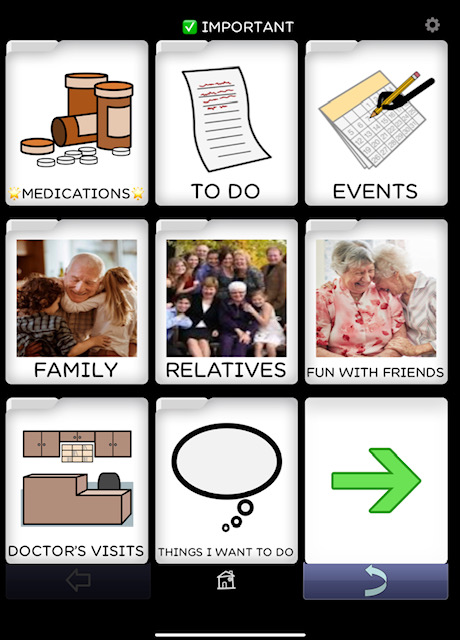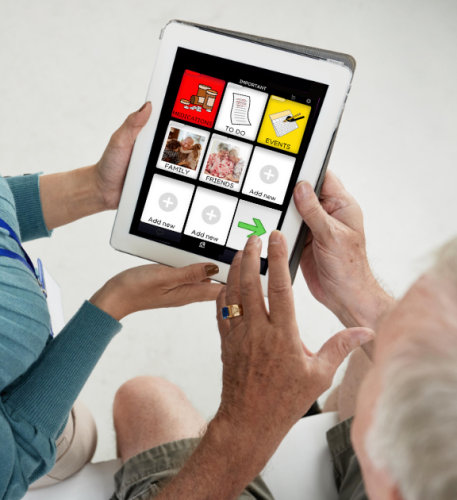Fun Ways to Incorporate Language
Good morning BC users 
Woke up this morning thinking of the variety of people joining this new group, and their needs. We have members not yet using the app, to haven’t used it in awhile and want to start back, to using it regularly either as a permanent or temporary solution. My guess is we have a range of discplines – teachers, therapists, parents, caregivers. Our spread is wide and we love it!
Decided to go with a video today that is on our new YouTube Channel. We posted this channel and some of its playlists in response to requests to see users in action, ideas for literacy & intervention, and tutorials. The app was created by speaking to a need and our outreach is the same, created for you by your requests.
So, again, let us know your questions, post needs, post “what vocabulary should I include in a _____ board”, anything!
I’m a 21 year SLP with an AAC focus, AAC specialist, run a private speech clinic, SPED teacher background, was a 1:1 caregiver with the Autism Society for 6 years, and I have an older sister and 2 adult nephews with VeloCardioFacial Syndrome – and schizophrenia. And I am the 6th of 7 kids. I understand the complexity. And we created this app and this product to be here for you. From the front line to the front line 
This video is about STARTING OUT. It shows our vibe and the fun nature of the app. It’s meant to stimulate the back and forth ping pong that interaction should be. That back and forth discourse stimulates language by entrancing connection. Our brains are meant for connection and if we keep it fun and light, we can use that as a springboard for learning, teaching, and growth!
~Danielle



